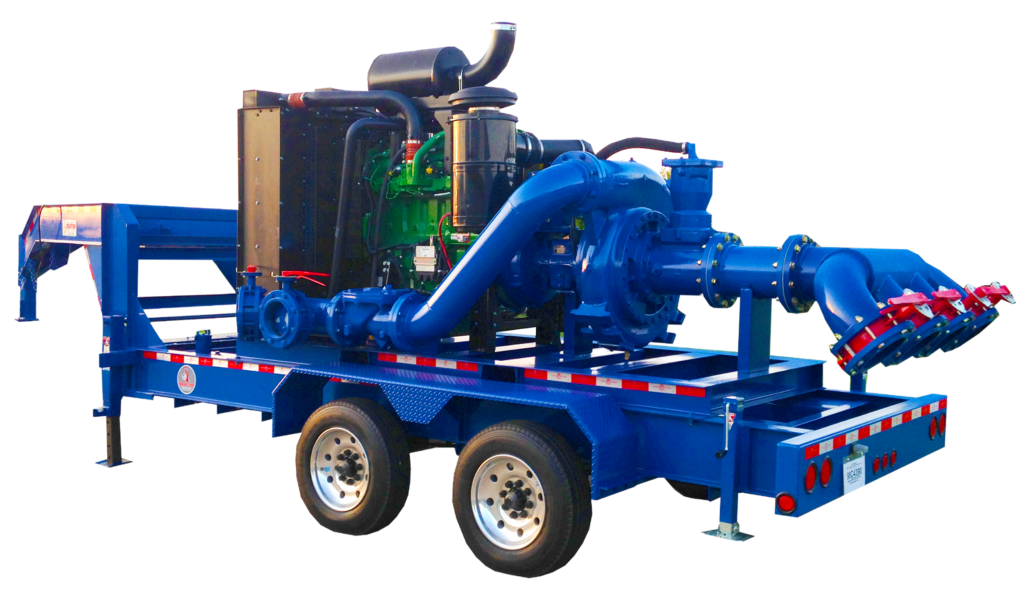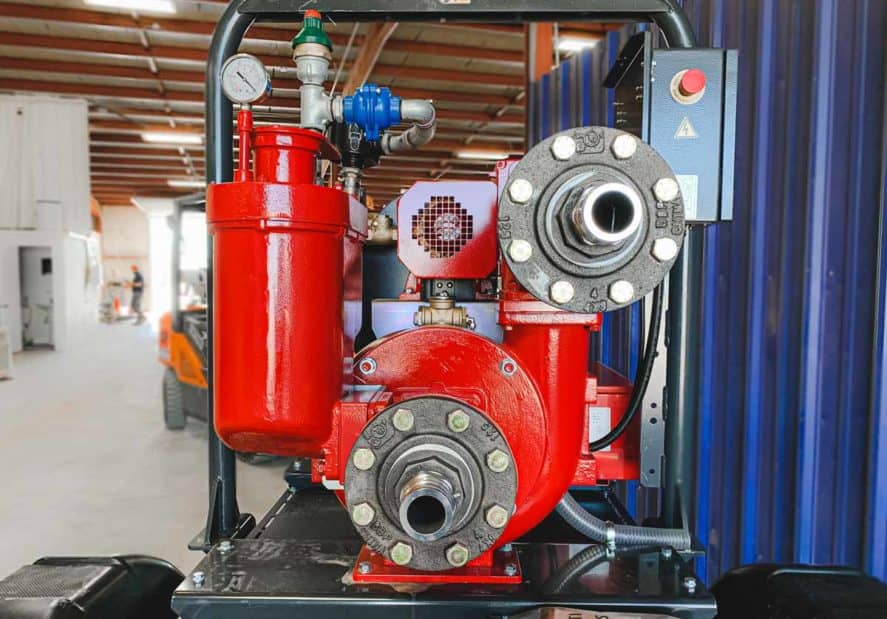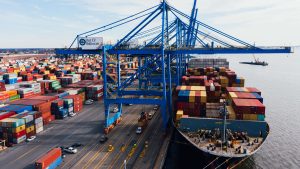
Every industry requires tailored solutions to thrive in the unique conditions they operate in. A prevalent example is the use of tanque polipropileno and pneumatic pumps in various industries, including wastewater treatment, chemical, and food industries.
Understanding Polypropylene Tanks and Pneumatic Pumps
Polypropylene tanks are widely used for storing various liquids due to their chemical resistance and affordability. When it comes to bomba pneumática, on the other hand, use pressurized air or gas to pump different types of fluids, making them versatile for many applications.
Polypropylene Tank Basics
Polypropylene tanks are highly durable, corrosion-resistant, and can handle a wide range of temperatures. They’re often used for storing chemicals, processing waste, and more.
Pneumatic Pump Basics
Pneumatic pumps, powered by compressed air or gas, can handle a wide variety of fluids, including those with high viscosities or solid content. They are renowned for their durability and low maintenance requirements.
Tank Dimensioning
- Importance of Tank Size
The tank’s size should be commensurate with its intended use. The volume and type of fluid it will store, the available space, and safety considerations all factor into determining the optimal size.
- Factors Influencing Tank Dimensions
Aside from capacity, other elements like the tank’s location, the materials stored, and industry regulations influence the tank’s dimensions.
- Tailoring Your Design
Customizing your tank involves a comprehensive understanding of your specific needs, including the nature of the stored materials, the operating conditions, and the available infrastructure.

Pump Functioning
Understanding how pneumatic pumps function under specific conditions is vital for optimal performance.
- Pneumatic Pump Function
These pumps operate using a simple principle: applying pressure on a piston to create suction, which pulls fluid into a chamber, then pushes it out.
- Pump Conditions and Requirements
Different operating conditions, such as the type and temperature of the fluid being pumped, influence the pump’s requirements.
Customizing Your Tank and Pump
Each application has unique requirements, so customization is often required. This could involve adjusting the tank dimensions, choosing the right pump, or modifying the installation process.
Specific Conditions
- Environmental Factors
- Operational Factors
- Industry Regulations
Installation
- Tank Installation
Installation of tanque polipropileno involves site preparation, transportation, positioning, and setting up connections.
- Pneumatic Pump Installation
Installing a pneumatic pump involves connecting the pump to the air supply, setting up the inlet and outlet connections, and testing the pump.
Maintaining Your Polypropylene Tank
This includes regular inspection for leaks, damage, and material degradation. Also, cleaning and timely repairs are crucial.
Pneumatic Pump Maintenance
Regular checks for leaks, monitoring the air pressure, and inspecting the overall pump condition are part of routine maintenance.
Future of the Industry
- Current Trends
- Future Predictions
Conclusion
Tailoring design and understanding specific conditions in polypropylene tank dimensioning and bomba pneumática functioning is crucial for industry success. Adhering to industry standards, environmental considerations, and operational factors ensures safety and efficiency in your operations.






